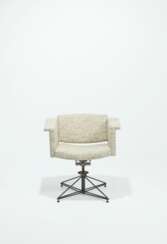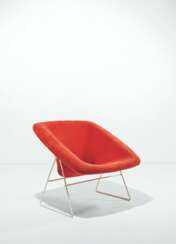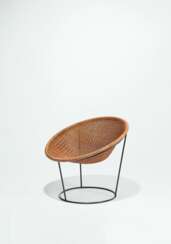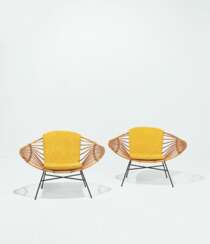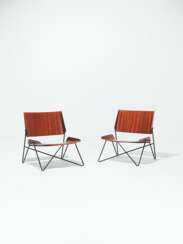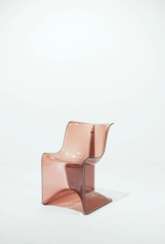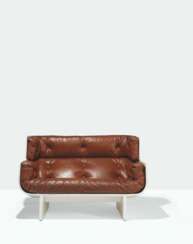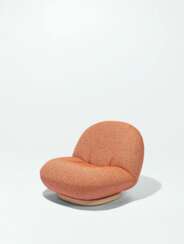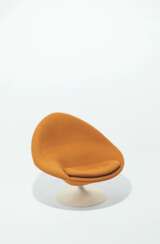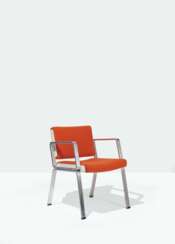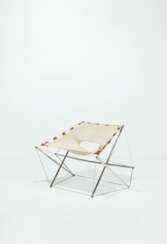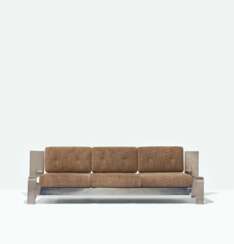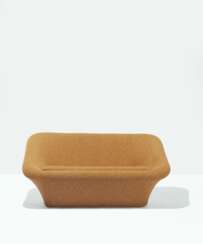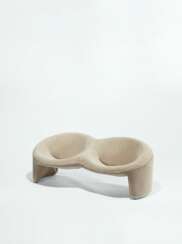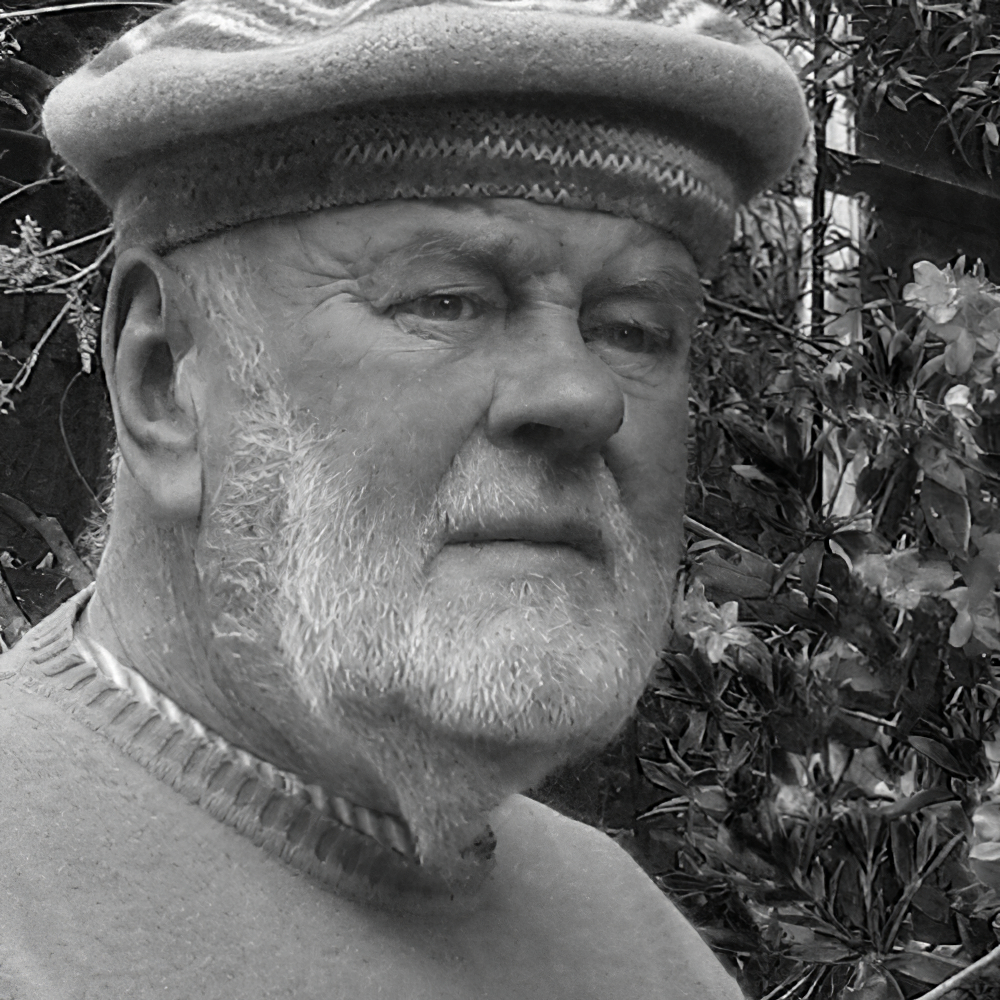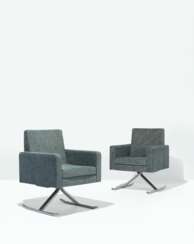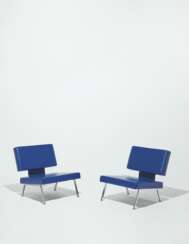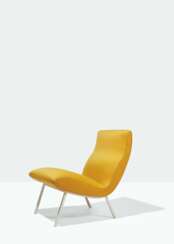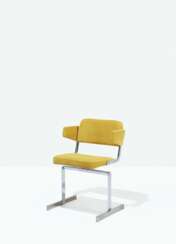
Armchairs — De la fonction à la COLLECTION, STÉPHANE DANANT une passion pour le design et l'art français des années 1955-1975.
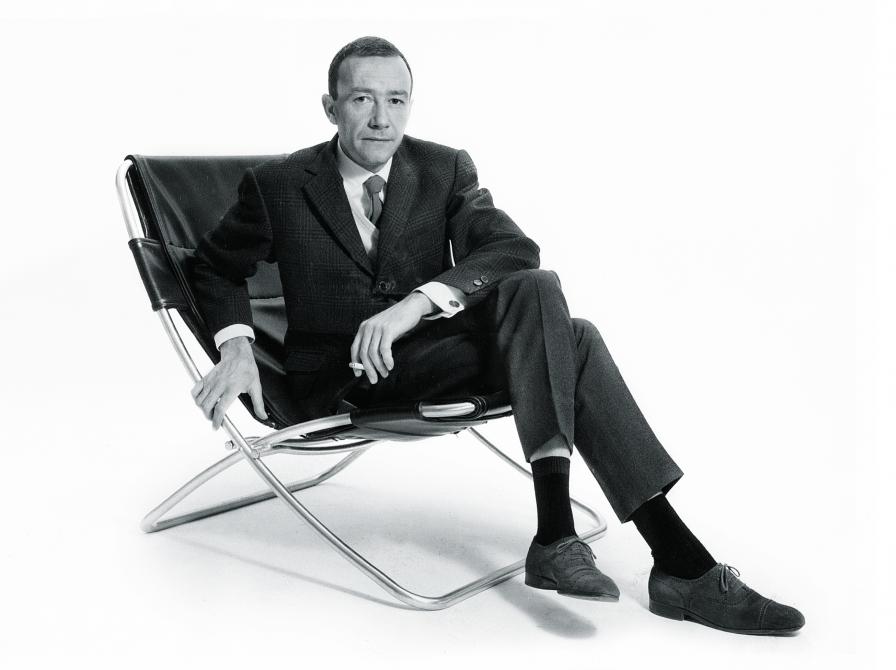

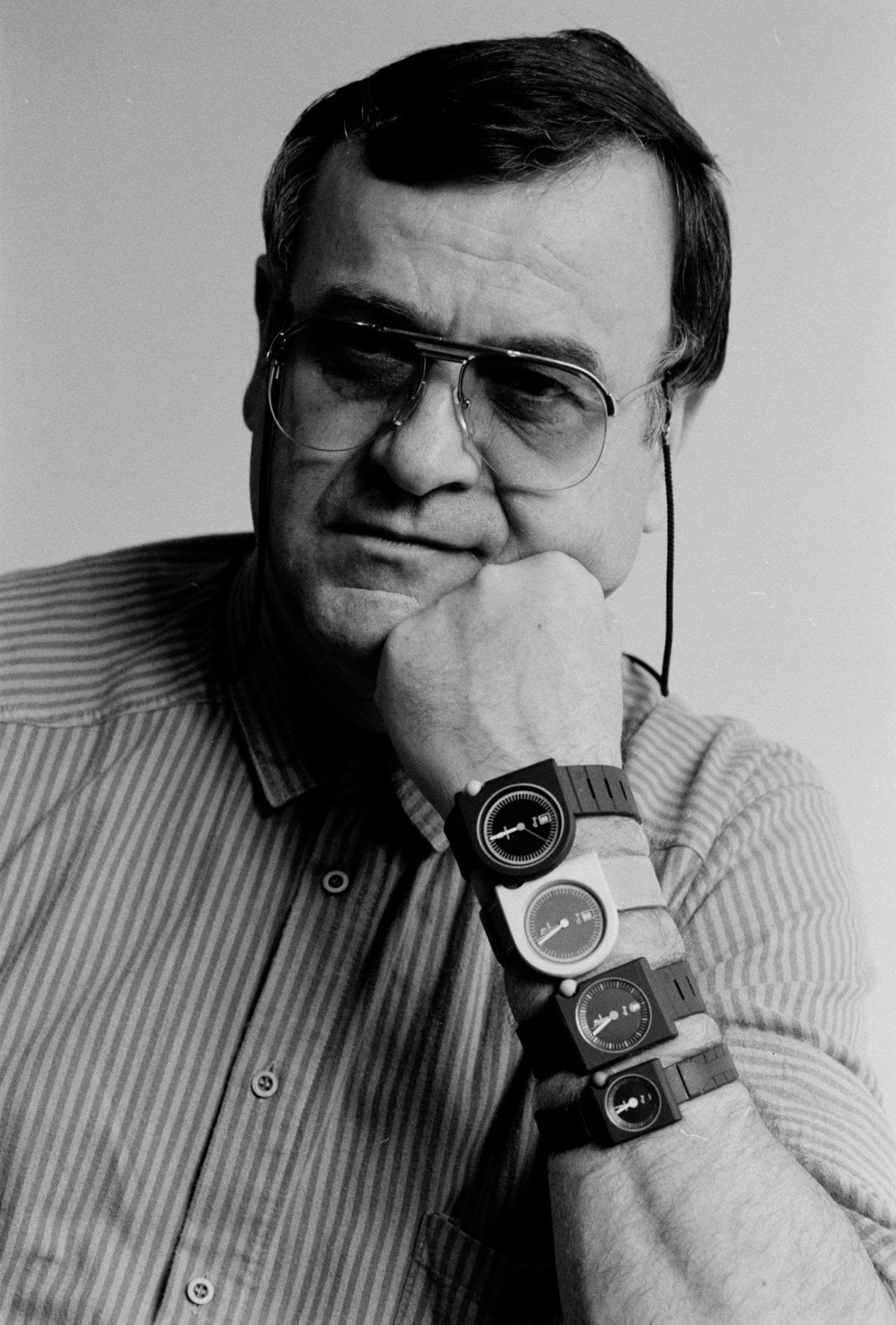
Roger Tallon was a French industrial designer.
Tallon and his team created hundreds of products, including industrial robots for Peugeot, the apparently purposeless 8mm film camera "Veronic", the Gallic 16 and 14 lathes for the Belgian company La Mondiale — a quantum leap in machine tooling —, airport vehicles, forklifts for Fenwick, graphic images for Fenwick Aviation, and a slide projector for Kodak.
In the art world, Tallon worked with Yves Klein, César Baldaccini, Arman, and was contacted by Catherine Millet, founder of the art press review, to create a brand that has hardly changed to this day.
Tallon became a household name[citation needed] in areas including tableware, furniture, interior design, reflector lamps for the German Erco, watches for Lip, ski boots for Salomon Group, toothbrushes for Fluocaril, oilcans for Elf, and so on.
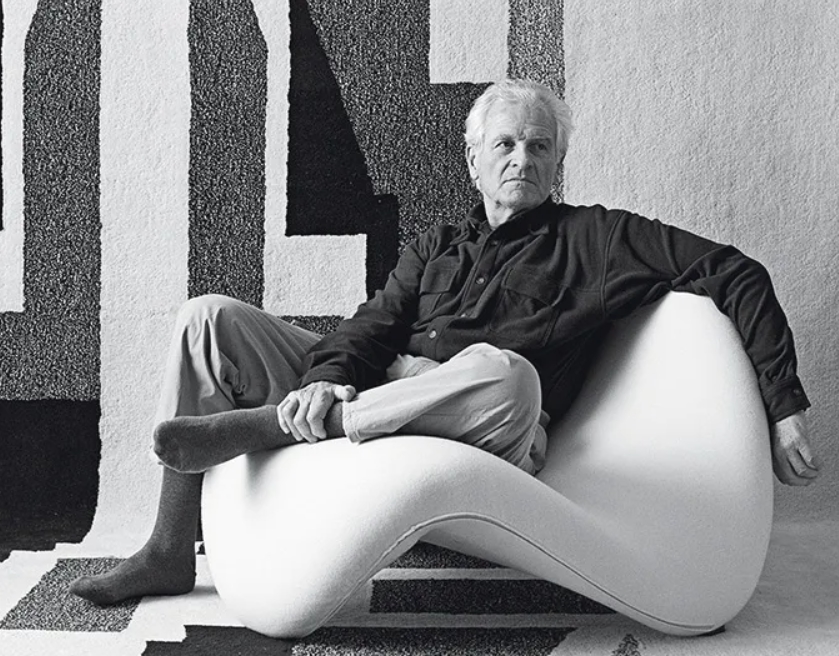
Pierre Paulin was a French furniture designer and interior designer. His uncle Georges Paulin was a part-time automobile designer and invented the mechanical retractible hardtop, who was later executed by the Nazis in 1941 as a hero of the French Resistance. After failing his Baccalauréat, Pierre trained to become a ceramist in Vallaurius on the French Rivera and then as a stone-carver in Burgundy. Soon after, he injured his right arm in a fight, ending his dreams as a sculptor. He then went on to attend the Ecole Camondo in Paris. He had a stint with the Gascoin company in Le Havre where he gained an interest in Scandinavian and Japanese design. He was famed for his innovative work with Artifort in the 1960s and interior design in the 1970s.
At the time, his chair designs were considered very modern and unique and kick-started the successes of his designs among the younger population. Even today, his pieces are still being made and are sought after at auctions.

Pierre Paulin was a French furniture designer and interior designer. His uncle Georges Paulin was a part-time automobile designer and invented the mechanical retractible hardtop, who was later executed by the Nazis in 1941 as a hero of the French Resistance. After failing his Baccalauréat, Pierre trained to become a ceramist in Vallaurius on the French Rivera and then as a stone-carver in Burgundy. Soon after, he injured his right arm in a fight, ending his dreams as a sculptor. He then went on to attend the Ecole Camondo in Paris. He had a stint with the Gascoin company in Le Havre where he gained an interest in Scandinavian and Japanese design. He was famed for his innovative work with Artifort in the 1960s and interior design in the 1970s.
At the time, his chair designs were considered very modern and unique and kick-started the successes of his designs among the younger population. Even today, his pieces are still being made and are sought after at auctions.
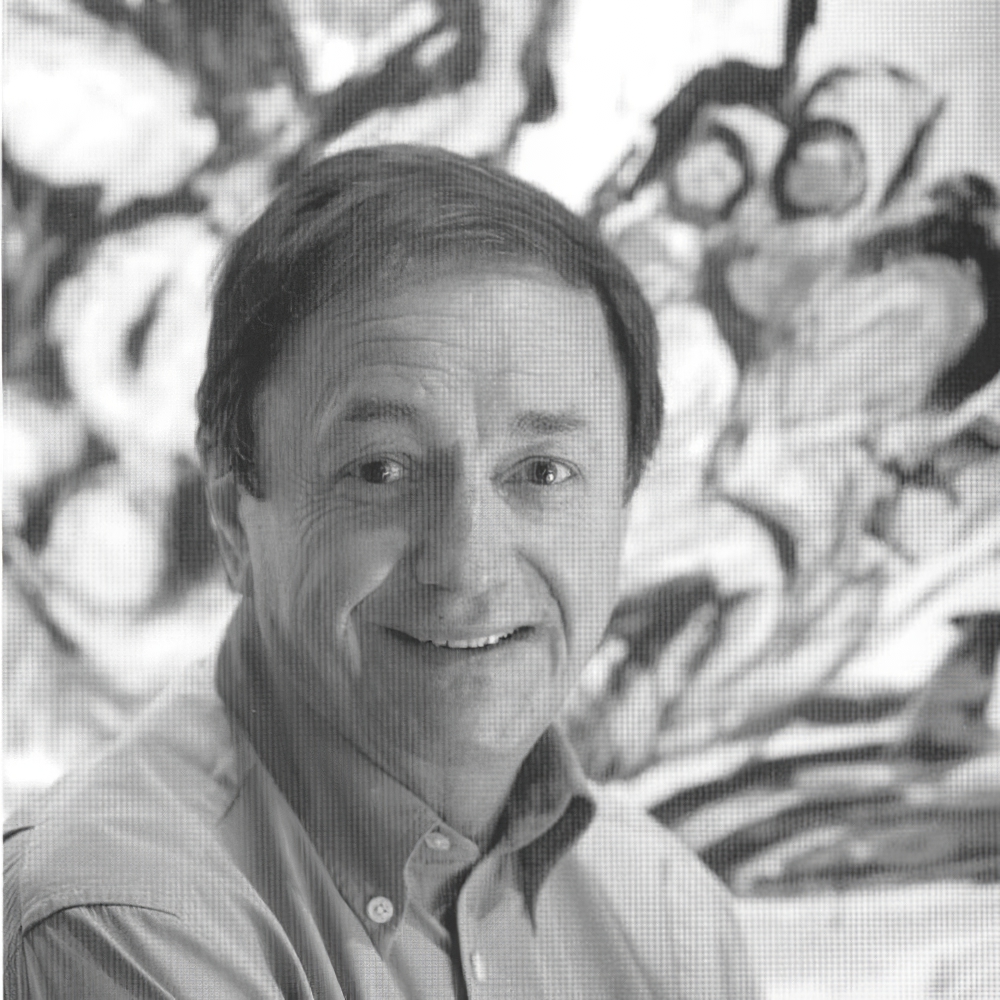
Michel Boyer was one of the last great interior designers who remained true to the principles of modernity.
Boyer collaborated with Dior, Lanvin, Balmain and designed interiors for hotels, embassies and numerous corporate headquarters. His private clients have included Elie de Rothschild, Liliane Betancourt and Karim Aga Khan.

Pierre Paulin was a French furniture designer and interior designer. His uncle Georges Paulin was a part-time automobile designer and invented the mechanical retractible hardtop, who was later executed by the Nazis in 1941 as a hero of the French Resistance. After failing his Baccalauréat, Pierre trained to become a ceramist in Vallaurius on the French Rivera and then as a stone-carver in Burgundy. Soon after, he injured his right arm in a fight, ending his dreams as a sculptor. He then went on to attend the Ecole Camondo in Paris. He had a stint with the Gascoin company in Le Havre where he gained an interest in Scandinavian and Japanese design. He was famed for his innovative work with Artifort in the 1960s and interior design in the 1970s.
At the time, his chair designs were considered very modern and unique and kick-started the successes of his designs among the younger population. Even today, his pieces are still being made and are sought after at auctions.

Roger Tallon was a French industrial designer.
Tallon and his team created hundreds of products, including industrial robots for Peugeot, the apparently purposeless 8mm film camera "Veronic", the Gallic 16 and 14 lathes for the Belgian company La Mondiale — a quantum leap in machine tooling —, airport vehicles, forklifts for Fenwick, graphic images for Fenwick Aviation, and a slide projector for Kodak.
In the art world, Tallon worked with Yves Klein, César Baldaccini, Arman, and was contacted by Catherine Millet, founder of the art press review, to create a brand that has hardly changed to this day.
Tallon became a household name[citation needed] in areas including tableware, furniture, interior design, reflector lamps for the German Erco, watches for Lip, ski boots for Salomon Group, toothbrushes for Fluocaril, oilcans for Elf, and so on.


